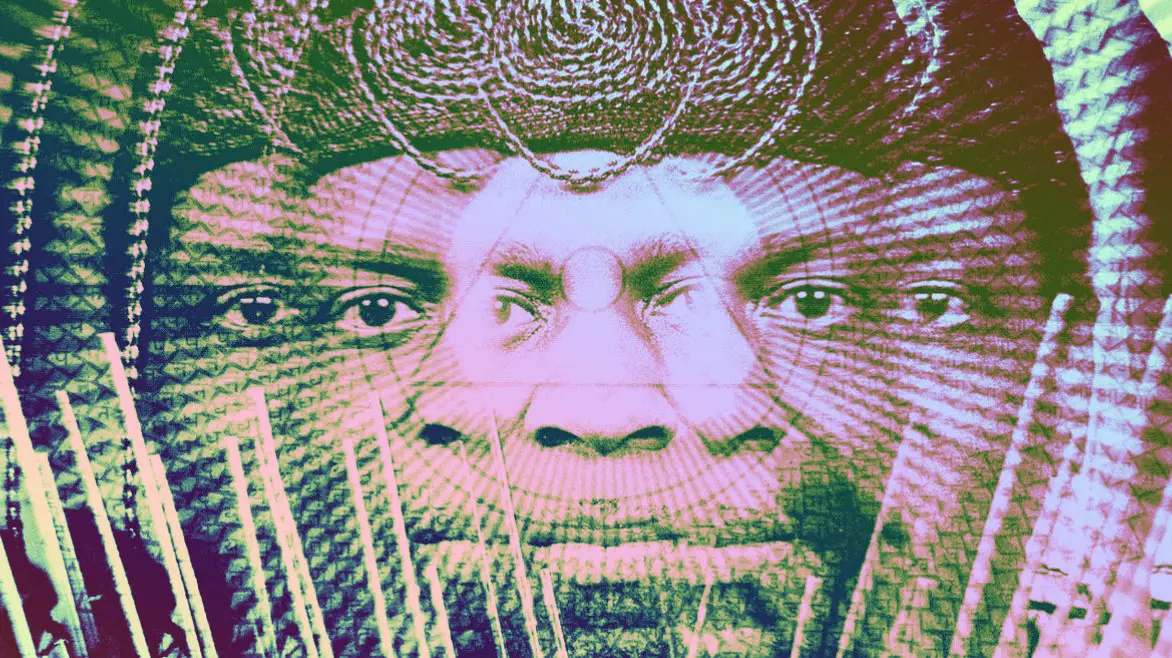[dropcap size=big]S[/dropcap]ometime during the Twentieth century, a musician, born somewhere in Alabama as Herman Poole Blount, rounded up his outlook of the World, or more precisely the Universe, life, and music, and found in himself that he is actually Le Sony’r Ra (what became his legal name), otherwise, or more widely known as Sun Ra. From there on, he was nothing less than controversial – creating a complete philosophical/religious outlook that permeated not only his music but his life in general.
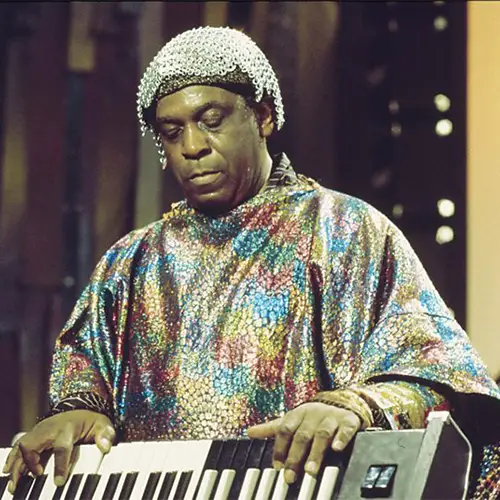
On one hand, he is often dismissed and disregarded, particularly among jazz critics, partly because of his one-time connection with the Black Panthers. On the other hand, he was revered and followed worldwide, considered a progenitor of quite a few things – from spiritual jazz and its concept, to the use of electronic instruments in modern music, to injecting humor and a colorful stage presence, to inspiring the concept of Afrofuturism – the full aspects of his artistic influence has yet to be fully recognized.
Secret Book Readings, Classical Music, All Things Jazz, and Strippers
How many Sun Ra albums were ever recorded? Not even the most devoted biographers or even saxophonist Marshall Allen, one of the longest running Sun Ra collaborators, would be able to tell you that. The estimates go to well over 200, while the pieces of recorded music that never saw the light of day is probably higher. The same goes for the outfits he wore, which were not limited to the stage, but to his daily life. If you could label anything he touched with something as mundane as ‘daily.’ All of it tied with his concept and continued insistence that, in simplified terms, he is an alien originating from Saturn, coming to Earth to preach peace.
But it all had to start somewhere, and for Sun Ra, at that time simply known as Herman, it did at the back door of his hometown public library, where a helpful and considerate librarian was secretly handing him books on practically anything – non-white kids were not exactly a welcome sight in pre-World War II Alabama. It seems that he was particularly impressed by Egyptian mythology, big parts of which he incorporated when forming his own identity.
“This boy was definitely out-to-lunch, the same place I eat at.” (George Clinton)
His musical talent became obvious in his early teens when he started composing, influenced by the sound of jazz big bands ( according to some accounts, he was able to produce transcriptions of the complete music from memory, after attending concerts), but also by classical music composers from romantics as Chopin to expressionists like Schoenberg.
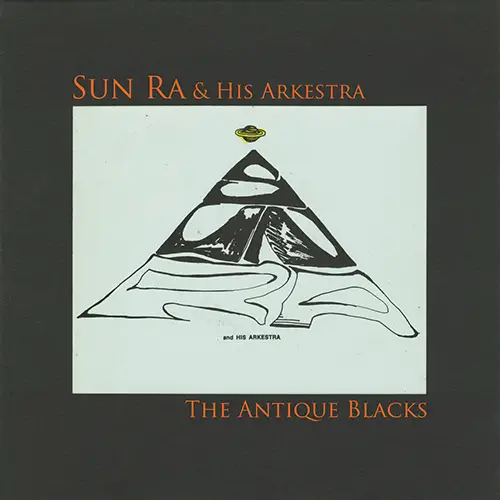
He started playing with a band formed by his former biology teacher, who wanted to become a professional singer, but after she abandoned the band, he took over, naming it Sonny Blount Orchestra. It gained a name, but no money and eventually the band fell apart but Herman/Sun became a sought musician in Birmingham. This also landed him a musical university scholarship, but he dropped out after a year.
After the War, he moved to Chicago, assuming the Sun Ra persona sometime in the early ’50s, legally changing his name in 1952. The gigs and musical collaborations were abundant, including everything from trio sessions with Coleman Hawkins to playing strip clubs. All experiences that Sun Ra in some way or another incorporated in his music and performance concepts.
El Saturn Records and Shaping of the (Out)worldly View
The true shape and form of Sun Ra’s music and Arkestra, the band that performed it (and still does today, after his death), but also of his performance concepts and philosophical/religious/political outlook started taking full shape and form in Chicago. Key points being when late saxophonist John Gilmore, and still living and going strong Marshall Allen, joined his band, but as well as meeting and forming a long alliance with Alton Abraham, somebody who shared fully his ideas and concepts and a person that became the band’s manager, with whom Sun Ra formed “El Saturn Records” a record label to release the bands output.
The whole concept of the label, its output, the way it operated, was in a way a reflection of at least a part of Sun Ra’s personal views on everything, including music. It all seemed haphazard and bordering on lunacy, but actually seemed to be exactly the way both Abraham and Sun Ra wanted – something he recorded in different time periods would end up on the same record, tracks would be miss-listed, band members that played would be not named and others that didn’t would…
…something he recorded in different time periods would end up on the same record, tracks would be miss-listed, band members that played would be not named and others that didn’t would…It all seemed to fit into Ra’s concept of confusing the jazz world…
It all seemed to fit into Ra’s concept of confusing the jazz world, but more fitting to his concept that jazz as a musical genre needed more humor and satire and that it shouldn’t fit pre-set strictly defined standards. That included everything, from the way he conceived his music, released his recordings, and performed them live, to the way he presented himself and the band. No compromises.
Of course, that didn’t go down so well with the jazz public, particularly the critics, who tried their best to make sure Ra remained outside the mainstream. Not that it bothered Ra much, even though most of his life him and the band were flirting with poverty.
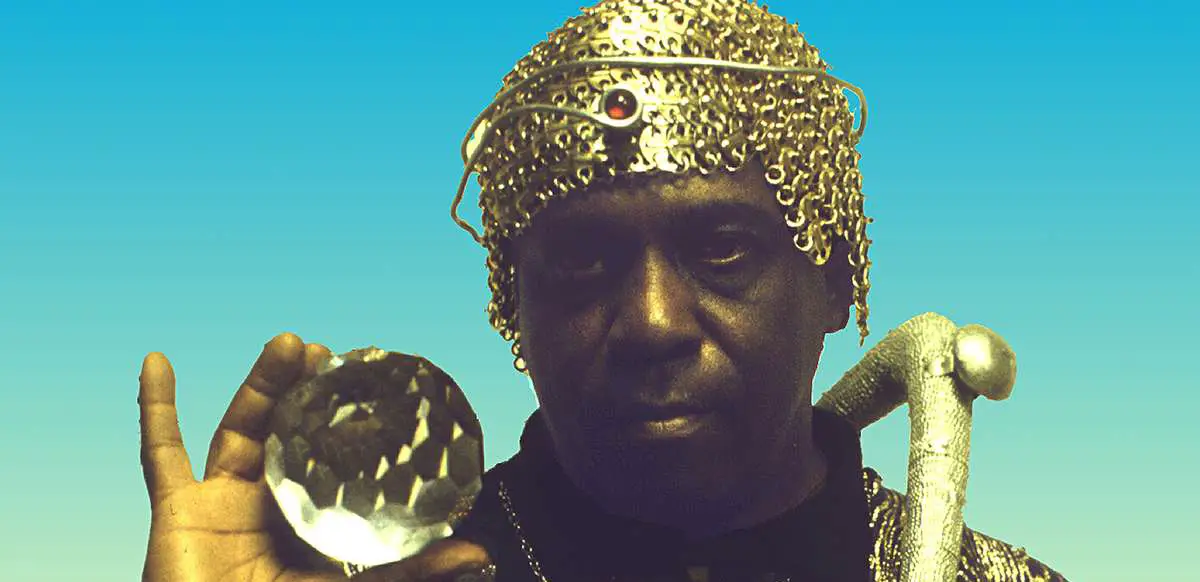
Worldly Turned into Otherworldly and Back…
…Ra always incorporated the social elements into his otherworldly, mystical concepts that involved elements of many myths and religions…
With all his musical and theatrical idiosyncrasies, it was actually Sun Ra’s personal views, which always had a social underpinning that was the sticking point for most. His ‘otherworldly’ visions of him coming from Saturn during a meditating experience in the late ’30s that shaped into a complete ideological set, was also underlined with his youth experiences of segregation, and his turning into a conscientious objector when he was drafted in 1942. His claim was rejected by the local draft board, he appealed to the national draft board, accusing it of ‘Hitlerism’ since there were no black men as members of it, his whole plight landing him first in jail, but continued opposition finally had him released on the basis of his hernia.
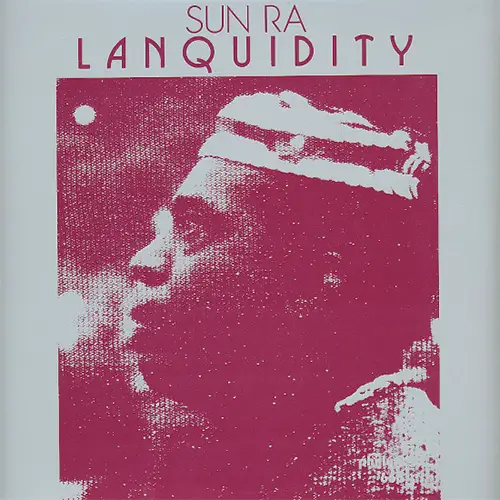
From there on, Ra always incorporated the social elements into his otherworldly, mystical concepts that involved elements of many myths and religions, from Ancient Egypt to any widespread religious concept, actually placing the seeds of the concept in jazz that became known as spiritual jazz. That reflected in the music he made or played – from doo-wop and big band swing, to straight bop, to experimental electronics, to spiritual chants, to Batman and Disney themes. Everything.
The full development of his theoretical concept came during the late ’60s/early ’70s, which was presented during his teaching residence sessions at University at Berkley, teaching a course called “The Black Man In the Cosmos”, but also to Black Panther members during the presentation of his documentary “Space Is The Place.” Among other things, Ra said:
“How do you know I’m real? I’m not real. I’m just like you. You don’t exist in this society. If you were, your people wouldn’t be seeking equal rights. If you were, you’d have some status among the nations of the world. I come to you as a myth… I come to you from a dream the black man dreamed long ago. I’m actually a present sent to you by your ancestors.”
While his views and musical concepts seemed controversial in the US at the time, he had fewer problems of getting accepted in Europe and elsewhere in the World. Even his dream of playing in Egypt with a 100-piece band being realized. Still, that didn’t relieve him or the band from constantly living on the edge of poverty, particularly during his Philadelphia days. As he put it, “To save the planet, I had to go to the worst spot on Earth, and that was Philadelphia, which is death’s headquarters.”
As Sun Ra and his Arkestra were finally getting wider acclaim slowly through the ’80s, Ra had a stroke in 1990, even though he continued both composing and performing. His health from there on started deteriorating further, so he moved back to his native Birmingham, where he died in May of 1993.
Re-assessment of Sun Ra’s legacy
It seems that whatever Sun Ra was involved in, had some profound influence on musical, cultural, but also wider social levels. His residence at a theatre in New York in late 1979, when constant attendance of the likes of John Cale, Nico, and Debbie Harry, spread his influence among rock musicians, with fans among bands like NRBQ (covering his material way back in the late ’60s), Sonic Youth, and Yo La Tengo, who covered “Nuclear War”, one of his most iconic compositions. In some other musical respects, his influence as one of the founders of spiritual jazz and one of the first explorers of electronic instruments and music is even more profound.
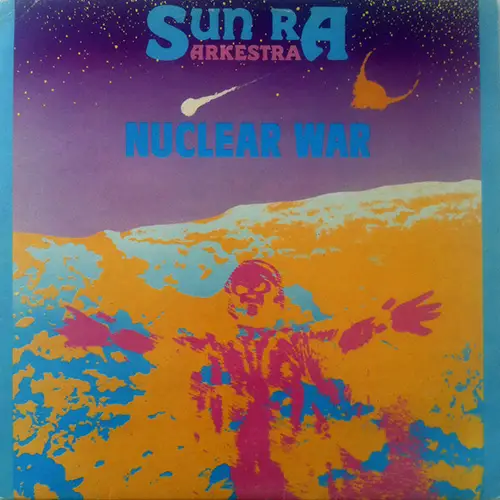
They talkin’ about
Yeah
Nuclear war
Yeah
It’s a motherfucker
Don’t you know
If they push the button
Your ass gotta go
On another cultural level, his ideas were certainly some of the basis on which Mark Dery proposed the concept of Afrofuturism in his 1994 essay “Black to the Future”, but along with it, even his daily/stage demeanor as pointed out by Rebecca Bengal, among others, had extensive influence on the likes of George Clinton and his Funkadelic/Parliament and other projects, but also on the likes of Isaac Hayes, Afrika Bambaataa, Dr. Octagon, with his big band/theatre concepts being accepted and re-done by The Specials’ songwriter Jerry Dammers, and longstanding Japanese Sun Ra/Frank Zappa inspired troupe, Shibusashirazu. The legacy is further underlined by the continued life of his Arkestra, which is still lead by Marshall Allen.
The music was a little like the sound of Ornette Coleman, but further out, outer space music, close to the EEEE of an electric drill at the center of a harsh trumpet. My cold cleared up in five minutes, I swear it.
– Norman Mailer in 1963, after a friend took him to an open Arkestra rehearsal in Chicago

